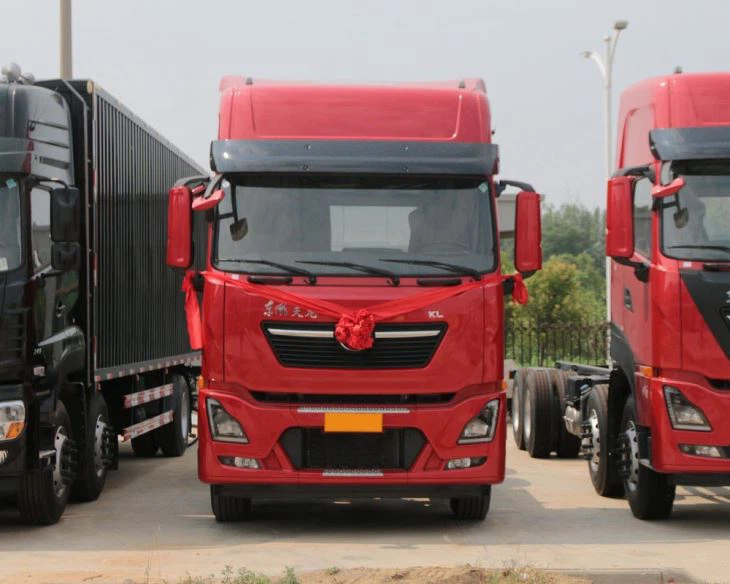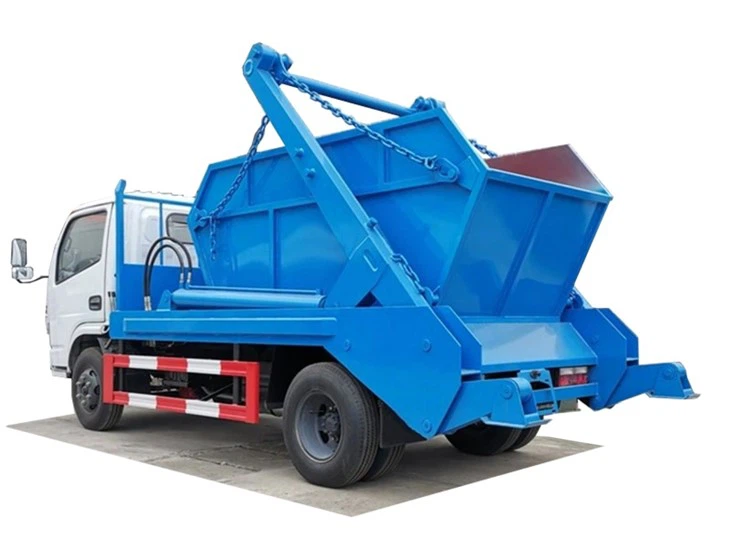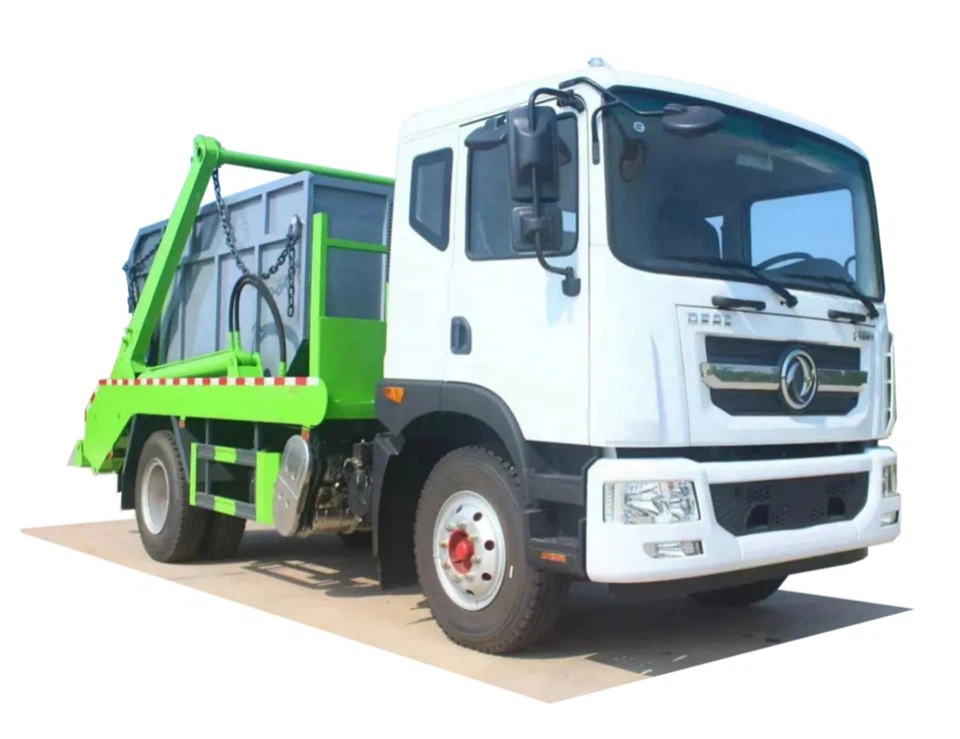Discovering the Smallest Peterbilt: A Comprehensive Guide

Introduction
When it comes to heavy-duty trucks, Peterbilt is a name synonymous with quality, durability, and performance. Known for their robust designs and state-of-the-art technology, Peterbilt trucks are a favorite among truck drivers and fleet operators alike. However, not everyone needs a massive rig; some require a more compact solution. Enter the smallest Peterbilt: an exceptional vehicle that maintains the trademark Peterbilt quality while offering a more manageable size. This article explores everything there is to know about the smallest Peterbilt trucks, their features, advantages, comparisons, and practical tips for prospective buyers.
What Is the Smallest Peterbilt Truck?
The smallest Peterbilt truck primarily refers to the Peterbilt 220. This model is designed for local delivery and service applications, making it perfect for urban environments where maneuverability is key. The Peterbilt 220 combines the ruggedness of a traditional truck with the agility needed for smaller jobs.
Specifications of the Peterbilt 220
| Specification | Details |
|---|---|
| Engine Type | 4.5L and 5.5L Diesel |
| Horsepower | 190-260 HP |
| GVWR | Up to 25,999 lbs |
| Cab Options | Day Cab, Extended Cab |
| Wheelbase | Set from 150” to 236” |
| Transmission | Automatic and Manual Options |
Key Features of the Peterbilt 220
- Compact Design: The truck’s smaller footprint allows for easy navigation in tight spaces.
- Fuel Efficiency: Smaller engines often provide better fuel efficiency, which can lead to significant cost savings.
- Comfort: Ergonomic interior features provide a comfortable driving experience.
- Customizability: Various options are available to tailor the truck to specific needs.
Advantages of Choosing the Smallest Peterbilt
1. Maneuverability
One of the primary advantages of opting for the smallest Peterbilt truck is its maneuverability. In congested urban areas, being able to navigate tight corners and narrow streets can make a significant difference in delivery efficiency.
2. Cost-Effectiveness
Smaller trucks typically have lower purchase prices, maintenance costs, and insurance premiums. This makes them particularly attractive for startups and small business owners.
3. Versatility
The Peterbilt 220 offers versatility in its application. Whether used for moving goods, equipment, or even as a service vehicle, its compact design makes it appropriate for various tasks.
4. Reduced Environmental Impact

Smaller trucks consume less fuel, which means lower carbon emissions. By selecting a smaller truck, companies can demonstrate their commitment to sustainability.
Comparing the Smallest Peterbilt with Competitors
To understand the value of the smallest Peterbilt, it’s essential to compare it against similar vehicles from competitors.
Peterbilt 220 vs. Freightliner M2
| Feature | Peterbilt 220 | Freightliner M2 |
|---|---|---|
| GVWR | Up to 25,999 lbs | Up to 26,000 lbs |
| Fuel Efficiency | Better due to smaller engine options | Standard efficiency |
| Comfort | High comfort with ergonomic seating | Comfortable but less focus on ergonomics |
Real-World Applications of the Smallest Peterbilt

The smallest Peterbilt truck has found itself in various applications, illustrating its adaptability.
1. Delivery Services
Ideal for local delivery services, small businesses utilize the Peterbilt 220 for transporting goods quickly and efficiently within urban areas.
2. Service Vehicles
Construction companies often use these trucks as service vehicles. Equipped with toolboxes and extra storage space, they can carry essential equipment to job sites.
3. Food Trucks
Due to its compact size, the Peterbilt 220 can be modified into a food truck, making it a favorite choice among food entrepreneurs.
Buying Tips for the Smallest Peterbilt
1. Determine Your Needs
Understand how you plan to utilize the truck. This will help you determine the necessary specifications and features that meet your business requirements.
2. Explore Financing Options
Consider various financing options. Leasing might be more suitable if you want flexibility rather than outright purchase.
3. Test Drive
Always request a test drive. This allows you to experience the truck’s handling and comfort level before making a commitment.
Maintenance Tips for Your Smallest Peterbilt

1. Regular Inspections
Schedule regular inspections to catch potential issues early. This can save you from costly repairs down the line.
2. Oil Changes
Keep up with oil change intervals to ensure the engine runs smoothly and maintains its efficiency.
3. Tire Maintenance
Regularly check tire pressure and tread depth. Properly maintained tires can improve fuel efficiency and safety.
Frequently Asked Questions (FAQs)
1. What is the price range of a new Peterbilt 220?
The price of a new Peterbilt 220 typically ranges from $100,000 to $150,000, depending on specifications and customization.
2. How much can the Peterbilt 220 tow?
The Peterbilt 220 can tow up to 25,000 lbs, making it suitable for various towing applications.
3. Is the Peterbilt 220 fuel-efficient?
Yes, the Peterbilt 220 is designed with smaller engines that enhance fuel efficiency compared to larger models.
4. Can I customize the Peterbilt 220?
Absolutely! The Peterbilt 220 offers various options for customization, including cab size and additional storage features.
5. What type of maintenance does the Peterbilt 220 require?
Regular maintenance includes oil changes, brake inspections, tire checks, and routine mechanical inspections to ensure optimal performance.
6. Where can I buy a Peterbilt 220?
You can purchase a Peterbilt 220 from authorized dealers, used truck dealerships, or through online marketplaces specializing in commercial vehicles.
